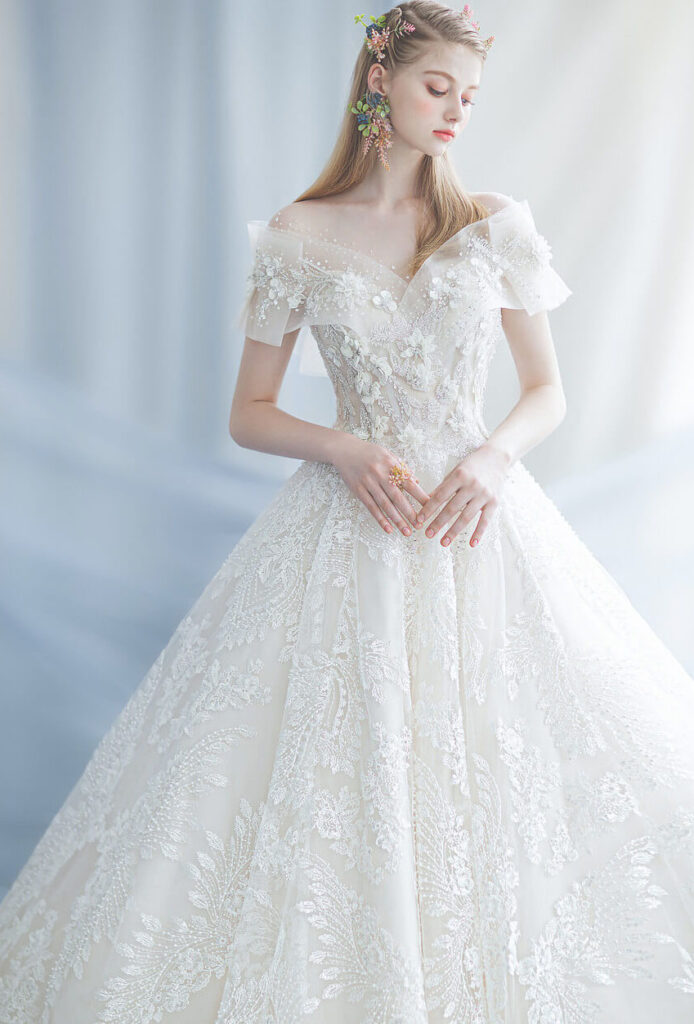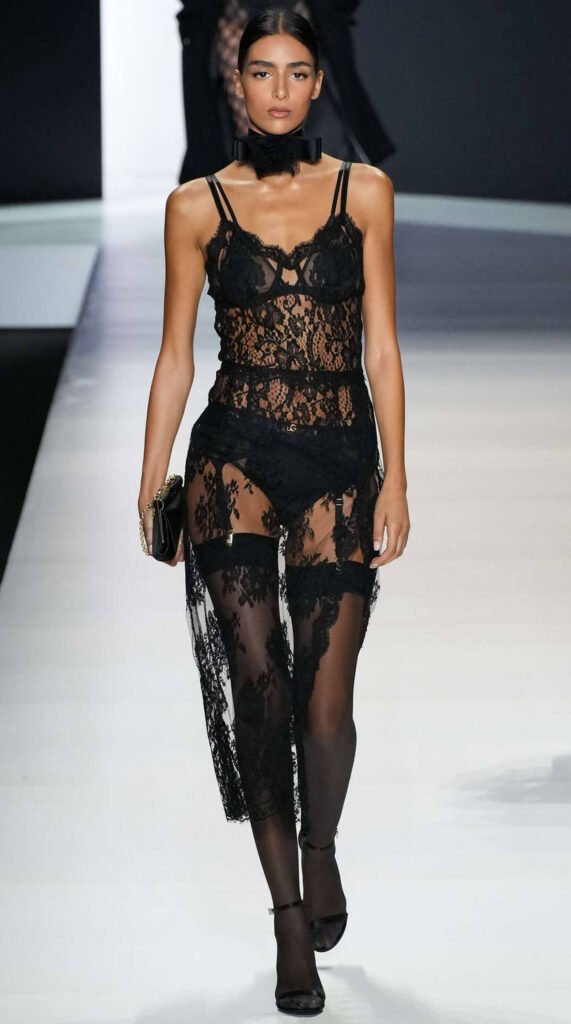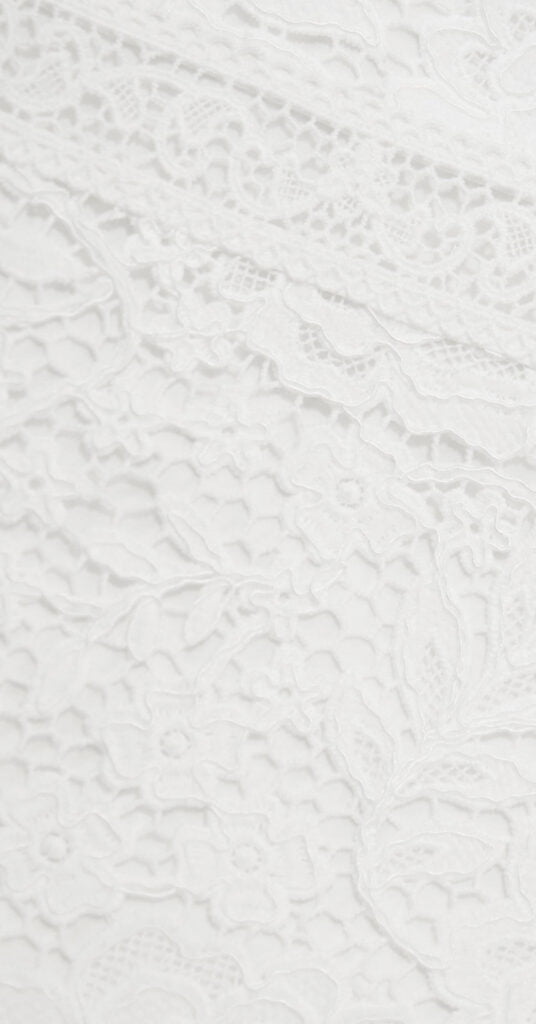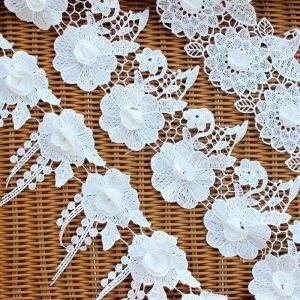Short introduction of lace
Lace, with its intricate patterns and delicate beauty, has captivated hearts and minds for centuries. As one of the most exquisite forms of textile artistry, lace production represents a harmonious blend of tradition, craftsmanship, and innovation. This essay delves into the fascinating world of lace production, exploring its history, techniques, cultural significance, and contemporary relevance.

The origins of lace production trace back to ancient civilizations, where early forms of decorative textile embellishments adorned garments and ceremonial items. However, it was during the Renaissance period in Europe, particularly in Italy, France, and Belgium, that lace flourished as a symbol of luxury and refinement. Elaborate lace garments became synonymous with nobility and wealth, worn as status symbols by royalty and aristocracy.

Lace production encompasses a diverse range of techniques, each requiring precision, skill, and patience. Traditional methods such as bobbin lace, needle lace, and tatting involve intricate handwork, where artisans manipulate threads to create intricate patterns and motifs. Bobbin lace, for instance, employs a series of bobbins and pins to weave threads into intricate designs, while needle lace involves the meticulous stitching of threads onto a base fabric.
Throughout history, lace has held profound cultural significance, serving as more than just a decorative embellishment. In many cultures, lace has been associated with rituals and traditions, such as weddings, christenings, and funerals. Its delicate beauty symbolizes purity, femininity, and elegance, making it a cherished heirloom passed down through generations. Moreover, lace motifs often carry symbolic meanings, reflecting the cultural heritage and values of different societies.
While lace production has deep roots in tradition, it continues to evolve and adapt to modern times. Contemporary designers and artisans are revitalizing the art form, experimenting with innovative materials, techniques, and applications. From haute couture fashion to interior design and contemporary art, lace remains a versatile medium for creative expression. Moreover, advancements in technology have facilitated the production of lace on an industrial scale, making it more accessible to a wider audience.


In conclusion, lace production stands as a testament to human creativity, craftsmanship, and cultural heritage. From its humble origins to its status as a symbol of elegance and luxury, lace has transcended time and borders, captivating generations with its timeless beauty. Whether preserved as a treasured heirloom or embraced as a medium for artistic innovation, lace continues to inspire and enchant, weaving together threads of tradition and modernity in a delicate tapestry of human expression.

